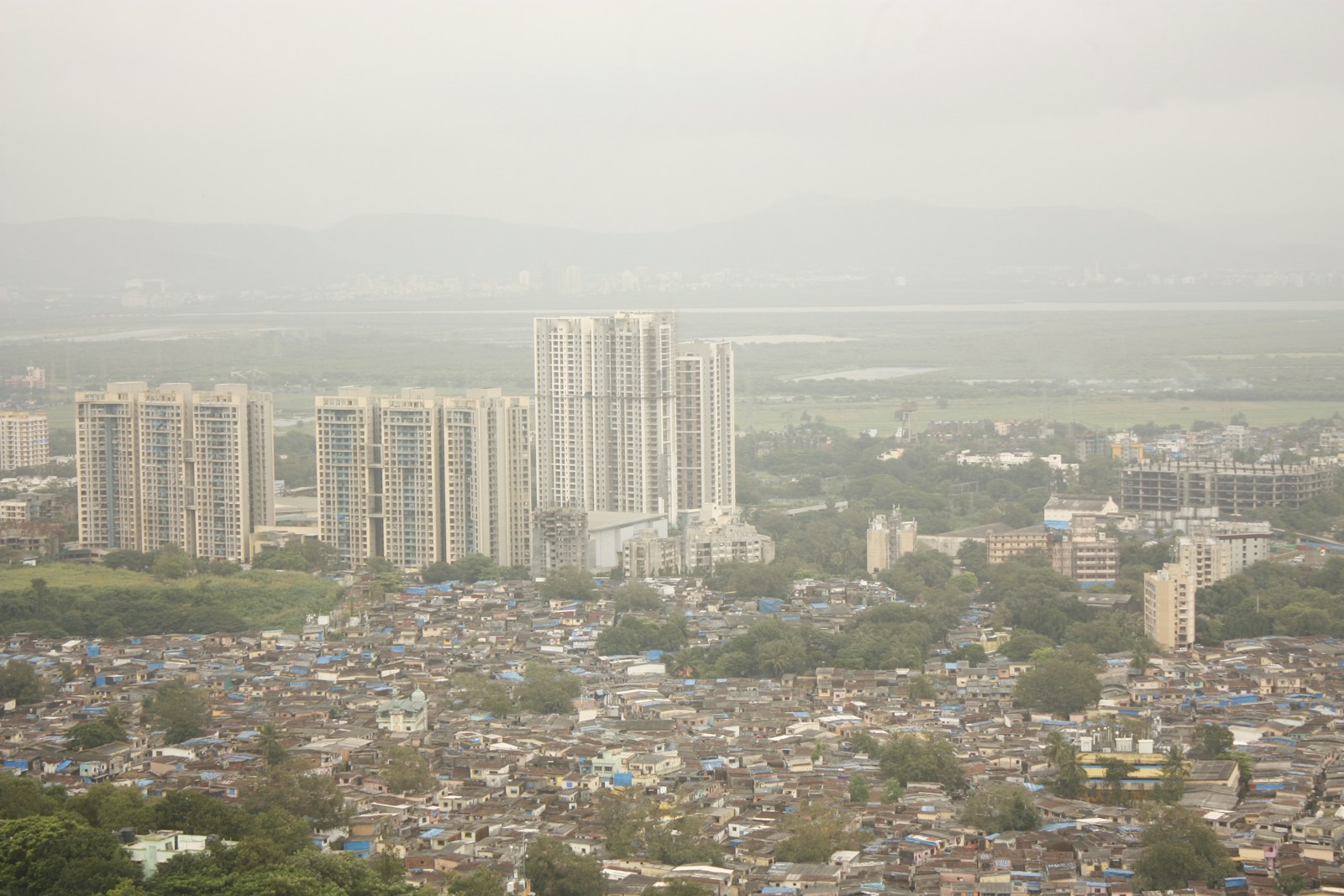Bombay High Court Flags “Usual Way to Siphon Off Public Land”: Strong Remarks on 33-Acre Slum Allotment in South Mumbai

Legal Background
Redevelopment of slum areas in Maharashtra is primarily governed by the Maharashtra Slum Areas (Improvement, Clearance and Redevelopment) Act, 1971 (“Slum Act”) and schemes administered through the Slum Rehabilitation Authority (SRA). The objective is to provide better housing to eligible slum dwellers while permitting developers to construct free-sale components to cross-subsidise rehabilitation costs.
However, over time, the implementation of SRA projects particularly on government-owned lands has attracted judicial concern due to allegations of misuse, opaque approvals, and diversion of valuable public property under the guise of welfare. The present case before the Bombay High Court highlights these systemic issues, bringing to the fore the tension between welfare objectives and fiduciary obligations of the State in managing public land.
Table of Contents
The Case: Gulab Shankar Mishra v. Slum Rehabilitation Authority (W.P. No. 2926 of 2025)
The petitioner, representing the Cuffe Parade SRA CHS Federation (P.), challenged the State Government’s proposal to redevelop approximately 65,000 slum dwellers on a 33-acre government-owned parcel in Cuffe Parade / Colaba one of Mumbai’s most valuable zones.
Under the proposed scheme, the land currently encroached upon was to be handed over to a developer appointed through the SRA, who would construct rehabilitation units for slum dwellers and resale buildings for private sale. The petitioner alleged that the project effectively amounted to a permanent transfer of public land for private benefit.
A Division Bench of Justices Girish Kulkarni and Aarti Sathe directed the State Government, the Ministry of Defence, and the SRA to file affidavits clarifying:
- Whether there existed a valid Cabinet decision authorising the allotment;
- Whether the necessary statutory and administrative approvals were obtained; and
- How the proposal aligned with constitutional principles and the doctrine of public trust.
Judicial Reasoning
The Court expressed deep concern that such a large tract of government land could be alienated without clear high-level sanction. It noted that in a city like Mumbai, public land is scarce and must be preserved as a community resource, not casually dispensed with under development schemes.
Referring to the doctrine of public trust, the Bench observed that the State holds public property as a fiduciary and cannot divest it except for compelling public purposes. Welfare legislation such as the Slum Act cannot be interpreted to override these constitutional duties.
The Court further warned that inclusion of resale or commercial components in slum projects often turns welfare schemes into vehicles for private enrichment, undermining genuine rehabilitation goals. In strong words, the Bench remarked that this was a “usual modus operandi to siphon off valuable public lands.”
It also questioned the absence of a Cabinet-level decision and directed that the record of deliberations be produced to determine whether the transfer was considered at the appropriate executive level.
Significance
The judgment carries significant implications for governance, urban policy, and constitutional accountability. It reinforces the public trust doctrine, reaffirming that the State functions as a trustee of public land and must ensure that any transfer or allotment demonstrably serves public interest. Permanent alienation of high-value land, particularly in metropolitan areas like Mumbai, will attract strict judicial scrutiny. The Court also clarified the limits of statutory schemes, holding that even welfare-oriented laws such as the Slum Act must operate within constitutional and fiduciary boundaries. Welfare objectives, however laudable, cannot justify transactions that erode the public’s long-term stake in valuable government property.
Equally important is the Court’s emphasis on transparency and procedural approvals. The ruling underscores the necessity of obtaining Cabinet or legislative sanction, maintaining a proper documentary trail, and ensuring public consultation before implementing such large-scale redevelopment schemes. The absence of transparency or due process, the Court cautioned, makes such projects vulnerable to judicial invalidation.
In terms of policy, the decision calls for a balanced approach between welfare and public interest. While rehabilitation of slum dwellers is a constitutional and humanitarian priority, it must not come at the cost of irreversible loss of public assets. The Bench suggested exploring alternative development models on less sensitive lands or with limited alienation to achieve equitable outcomes. Moving forward, governments may need to introduce safeguards such as resale restrictions, pricing controls, or clawback clauses to prevent private profiteering from public property. Robust documentation, cost–benefit analysis, and environmental due diligence will also be essential in ensuring that rehabilitation schemes withstand judicial and public scrutiny.
Conclusion
The Bombay High Court’s remarks serve as a timely reminder that public assets cannot be disposed of without clear justification, transparency, and constitutional compliance. The decision reinforces that even welfare projects must withstand judicial scrutiny when public land is at stake.
For policymakers and practitioners, this case highlights the need for procedural integrity, executive accountability, and transparent governance. Rehabilitation objectives must be balanced against the State’s duty to preserve public resources for future generations.
For further details, write to contact@indialaw.in
By entering the email address you agree to our Privacy Policy.



